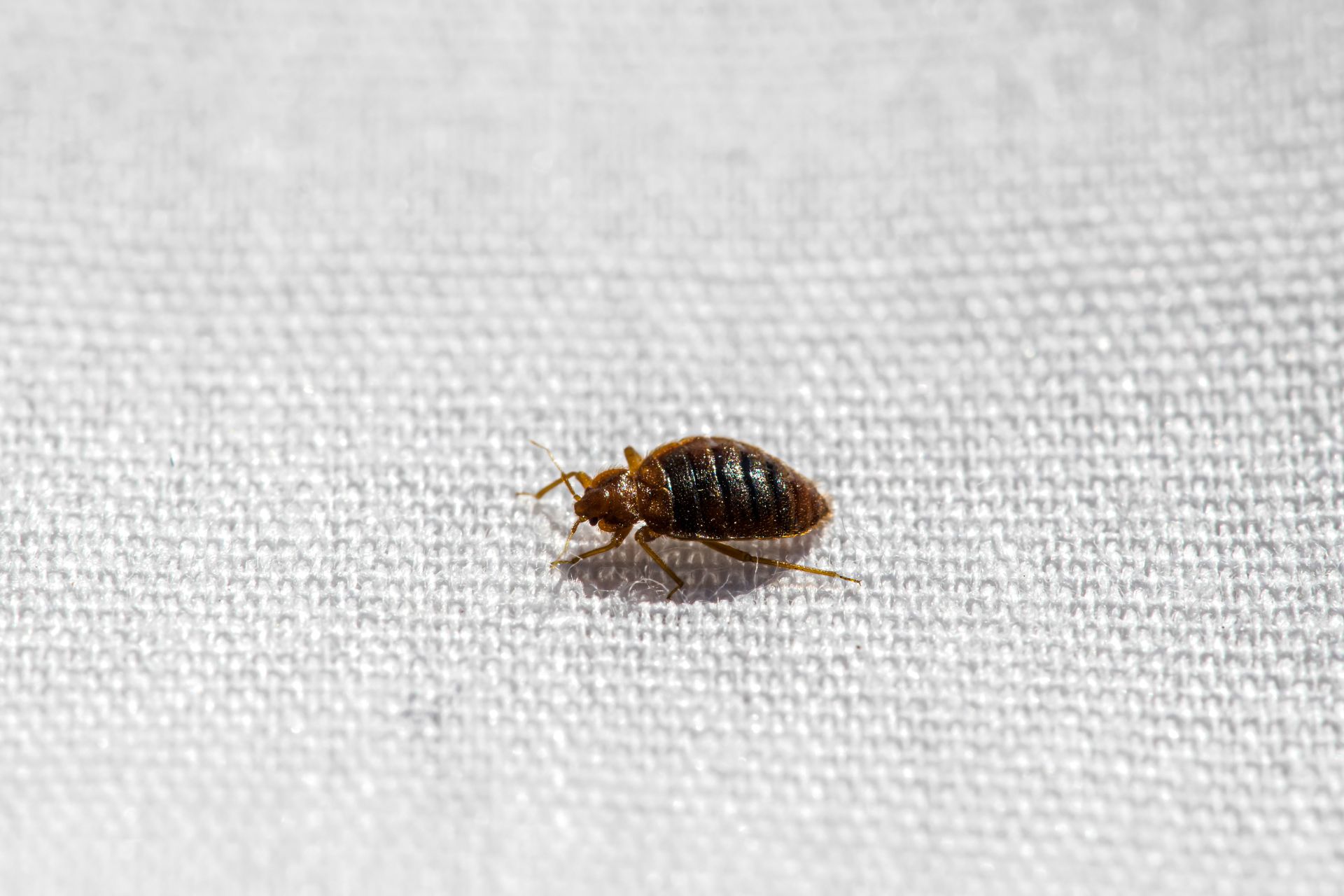Identifying the Culprits: Small Crawling Bugs In Bathroom

Identifying the specific type of small crawling bug in your bathroom is crucial for effectively addressing the infestation. Knowing the bug’s habits and potential health risks allows for targeted treatment and prevention strategies. While many insects may find their way into bathrooms, some are more common than others.
Common Bathroom Bugs
These are some of the most frequent visitors to bathrooms, categorized by their distinctive features:
- Silverfish (Lepisma saccharina): These wingless insects are about ½ inch long, silver-grey, and have a streamlined body with three long tail-like appendages. They prefer damp, dark environments and feed on starchy materials like paper, glue, and even hair. While not known to bite or transmit diseases, their presence can indicate a moisture problem.
- Springtails (Collembola): Tiny, usually less than 1/8 inch long, springtails are characterized by a forked appendage called a furcula, which they use to propel themselves into the air. Their color ranges from white to grey to black. They are often found in damp areas, feeding on decaying organic matter. While not harmful to humans, their presence can indicate excessive moisture.
- Centipedes (Chilopoda): These elongated, segmented creatures can range in size from a few millimeters to several inches. They have many pairs of legs, typically 15 or more, and are known for their fast movements. Centipedes are carnivorous and prefer moist environments, often found under sinks or in bathtubs. While some species can bite, their venom is generally not harmful to humans.
- Millipedes (Diplopoda): Unlike centipedes, millipedes have two pairs of legs per body segment. They are generally cylindrical and can vary in color from brown to black. Millipedes prefer damp environments and feed on decaying plant matter. They are not known to bite or transmit diseases but can be a nuisance due to their slow, wriggling movements.
- Earwigs (Dermaptera): These insects have distinctive forceps-like appendages at the end of their abdomens. They are usually brown or black and can grow up to an inch long. Earwigs prefer damp, dark environments and are omnivorous, feeding on decaying matter, plants, and sometimes small insects. While they are not known to be aggressive, their forceps can pinch if they feel threatened.
- Sowbugs (Isopoda): Also known as pillbugs, these crustaceans are about ½ inch long and have a segmented, oval-shaped body. They are typically grey or brown and have seven pairs of legs. Sowbugs prefer damp, dark environments and feed on decaying organic matter. They are not known to bite or transmit diseases but can be a nuisance due to their presence in large numbers.
Habitat, Food Sources, and Health Risks, Small crawling bugs in bathroom
A comparison table can help understand the different characteristics of these bathroom bugs:
| Bug Type | Preferred Habitat | Food Sources | Potential Health Risks |
|---|---|---|---|
| Silverfish | Damp, dark areas, behind walls, under sinks | Starchy materials, paper, glue, hair | None, but their presence can indicate moisture problems |
| Springtails | Damp areas, near water sources, under sinks | Decaying organic matter, mold, fungi | None, but their presence can indicate excessive moisture |
| Centipedes | Moist environments, under sinks, in bathtubs | Other insects, spiders, small invertebrates | Can bite, but their venom is generally not harmful to humans |
| Millipedes | Damp environments, under rocks, in mulch | Decaying plant matter, fungi | None, but their presence can indicate moisture problems |
| Earwigs | Damp, dark areas, under rocks, in mulch | Decaying matter, plants, small insects | Can pinch with their forceps if threatened |
| Sowbugs | Damp environments, under rocks, in mulch | Decaying organic matter, fungi | None, but their presence can indicate moisture problems |
